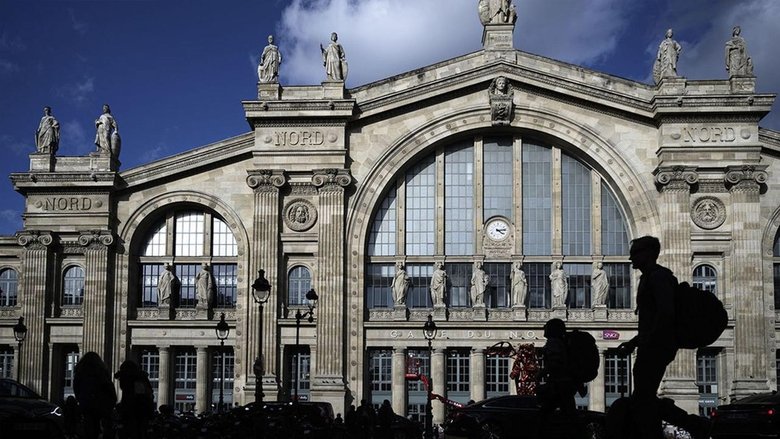Ko ta maatau whare pikitia me to wharepukapuka whakaataata ka taea noa te rere, te tango mai ranei ma nga mema anake
Me matakitaki tonu mo te FREE ➞He iti ake te waa 1 meneti ki te Haina Mai ka pai ai ki a koe te koa ki nga Kiriata Mutunga & Taitara TV.

Gares de Paris : Un patrimoine révélé (2020)
Every day, Paris’ six railway stations welcome over 3,000 trains and more than a million travelers coming from France and all over Europe. The stations’ sizes are impressive: Gare du Nord is bigger than the Louvre or Notre-Dame de Paris. These railway stations are architectural landmarks and a model of urban planning despite the radical changes they’ve undergone since their construction in the middle of the 19th century. How did the railway stations manage to absorb the boom of travelers in just a few decades? What colossal works were necessary to erect and then modify these now essential buildings? From the monumental glass walls of Gare du Nord to the iconic tower of Gare de Lyon, to the first-ever all-electric train station, each has its own story, technical characteristics, and well-defined urban image.
Momo: Documentary, TV Movie
Maka: Julien Bocher, Bertrand Lemoine, Stéphanie Sauget, Clive Lamming, François Loyer, Georges Ribeill
Kaimahi: Tom Giffon (Sound), Thibault Martin (Producer), Tom Giffon (Camera Operator), Marion de Bonnières (Development Manager), Guilain Depardieu (Color Grading), Raphaëlle Girotto (Producer)
Subtitle:
![]()
![]()
![]()
![]()
![]()
![]()
![]() ETC.
ETC.
Tuku: Oct 21, 2020
Rongonui: 0.639
Reo: Français
Studio: RMC Production, RMC Films, RMC Découverte
Whenua: France

